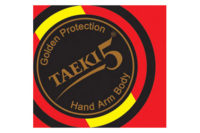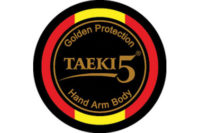Hand and arm protection
Routines can result in carelessness

There are many gloves and sleeves specially designed to protect hands and arms. Here are some examples:
|
Hand and Arm Protection Examples |
|
|
Types of gloves |
Protect Against |
|
Neoprene, rubber or vinyl |
Most chemicals |
|
Thick leather |
Welding, rough surfaces |
|
Aluminized fabrics of nylon, rayon, asbestos, wool or glass |
Heat |
|
Rough finish |
Handling slippery objects/materials |
|
Cotton and terry cloth |
Abrasions and cuts |
|
Lead-lined |
Radiation |
|
Metal mesh |
Knife blades, other sharp instruments |
|
Insulated material often made of rubber and worn inside leather gloves |
Electric shocks and burns |
Note: To protect yourself properly from chemical products, it is a good idea to contact the supplier or manufacturer.
Advice for protecting your hands
- Your hands must be protected against the hazards of the particular job.
- Gloves should not be worn around machines with moving parts that could catch them and pull the hands into danger areas, for example, machines with pulleys or power-driven machines with rotating shafts.
- Protective sleeves should be long enough to leave no gap between the gloves and the sleeves.
- Do not wear gloves with metal parts when working near electrical equipment.
- Some situations call for protection other than gloves. Find out if you would be better protected with barrier creams, finger guards or cots, hand protectors or leather products, arm protectors, sleeves or wristlets.
Things to consider
Too often we forget just how amazing and vulnerable hands really are. Routinely working with a tool or machine can sometimes result in carelessness. Stay alert and work safely.
Remember that an injury can happen in a split second and result in a lifetime of disablement and hardship for you and your family.
Support and work with your employer and your health and safety committee or representative to implement an effective hand protection program.
It takes:
- team effort;
- safety training;
- observance of safety rules and proper work practices;
- first aid training;
- hazard recognition;
- safe tools and equipment;
- adequate hand protection; and
- a safe work place.
When someone is injured, treatment must be rendered promptly in order to increase the chances of a full recovery.
Source: Human Resources and Skills Development Canada
Call 1 866 386-9624
Looking for a reprint of this article?
From high-res PDFs to custom plaques, order your copy today!




